Making way for women at the dangerous Cresta Run
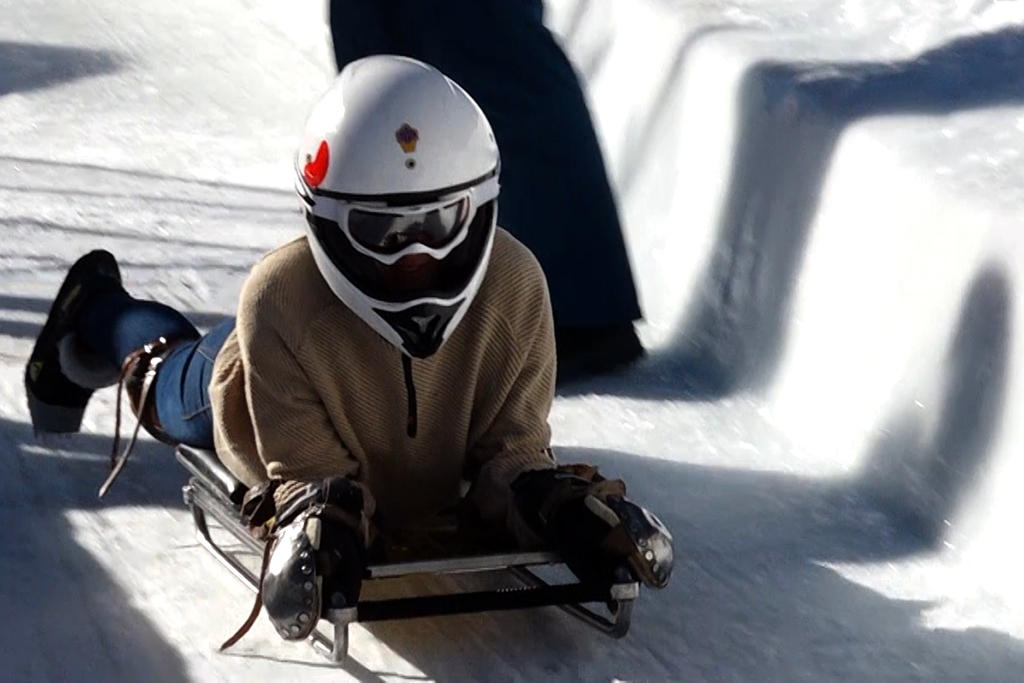
This winter season, women have been given free access to the iconic Cresta Run toboggan track in Switzerland for the first time in 90 years.
The historic ice track in the ritzy resort of St Moritz in the upper Engadine valley is billed as the most famous and feared toboggan run in the world. It was a male sporting bastion until 2018, when the club decided to let women properly join their ranks. However, Gary Lowe, the current club secretary, says the decision will be reviewed again in two years.
Ladies had been allowed to race on equal terms with men until the 1920s, when it was deemed medically dangerous. In more recent decades, women could compete only on a token end-of-season ladies’ day on the lower track.
Deadly
The Cresta Run was first built at the end of the 19th century from natural ice. Runners hurtle headfirst down the ice track on a small toboggan called a skeleton, reaching speeds of up to 130 kmph (80 mph). Skeleton racing on the Cresta RunExternal link remains one of the last truly amateur sports, and is the forerunner of the Olympic discipline of Skeleton. The Cresta Run was therefore vital for the development of this area of sport. Men’s Skeleton was on the Olympic programme in St Moritz in 1928 and 1948, but was then dropped until it reappeared as a men’s and women’s event at Salt Lake City in 2002.
The Olympic version is practiced in an ice tube and does not require the special steering techniques needed for the winding Cresta Run. Not all the curved banks in St Moritz are built high enough to prevent riders from exiting the icy track when they fail to negotiate the right line.
On entering the club house, visitors are confronted with a gruesome skeleton showing all the body parts replaced after runners came a cropper. Five people have died, most recently experienced rider Ralph Hubbard, a British man in his seventies who broke his neck in 2017, when he careered off the track at a sharp bend known as the “Shuttlecock”. Those who come out at this bend and survive become members of the legendary “Shuttlecock Club”. Casualties have also suffered broken necks, backs, fingers, feet and hips. Those who dare to attempt the course must face an introductory ‘death talk’ from Gary Lowe, warning of the dangers of bravado.
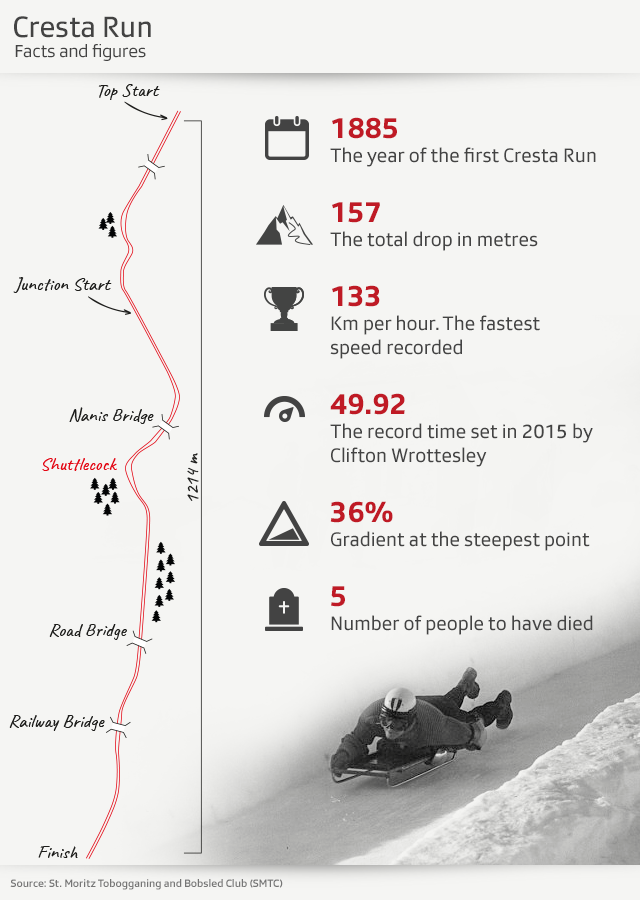
British tourists get things going
St Moritz has been the playground of the rich and famous since 1864 when it became the birthplace of Alpine winter sports and tourism. That autumn, hotelier Johannes Badrutt offered to open up his hotel to some aristocratic British guests in winter. If they didn’t like it, he said, he would pay their expenses. Up until then, St Moritz had been a modest summer hiking destination.
One of the first sports the British visitors practiced was tobogganing. A group of enthusiasts decided to build the iconic Cresta Run in the winter of 1884/1885, and it took them almost nine weeks to complete. They were led by a British man, Major Bulpett, who was also the founder of the St Moritz Tobogganing Club (SMTC). The same winding, steep banked ice passage is still rebuilt every year by the SMTC. It remains a very British affair with announcements in English and many runners donning vintage sportswear. Another famous sporting institution inspired by these early toboggan enthusiasts is the Olympic Bob Run, built in 1904 not far from the Cresta Run.
Word quickly spread about the joys of St Moritz. The castle-like Badrutt’s Palace Hotel was built in 1896 on a bluff overlooking the lake, to cater for rich tourists escaping foggy London. The resort is still an Alpine playground for the international wealthy and famous, with Badrutt’s Palace recently hosting wedding events for super rich Indian families.
Modern times
swissinfo.ch went to St Moritz to meet some of the women preparing to plummet head-first down the treacherous ice track. We interviewed seasoned riders such as Carina Evans from Britain, who became the first woman since 1929 to descend the whole course, and Karin Kuhn from Zurich, who’s been coming to the annual ladies’ day event for 20 years. We also met complete beginners, who paid CHF600 ($596) for three descents with a so-called “guru” or tutor, plus some non-tutored runs. The fear was palpable as they prepared for their first descent, donning hand and arm guards, a helmet and boots with rakes on the toes, which act as brakes.

More
How women are taking on the Cresta Run

In compliance with the JTI standards
More: SWI swissinfo.ch certified by the Journalism Trust Initiative

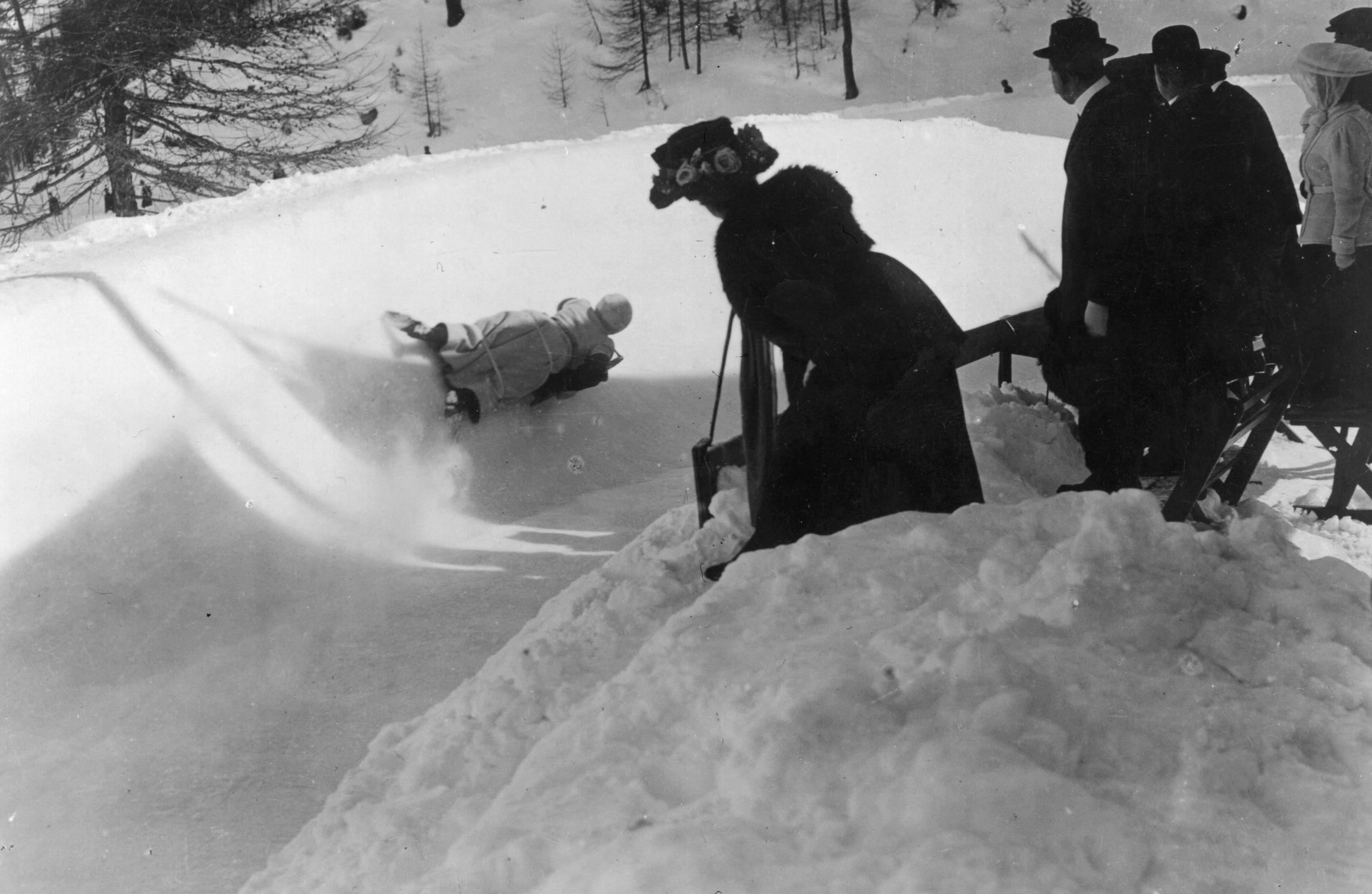
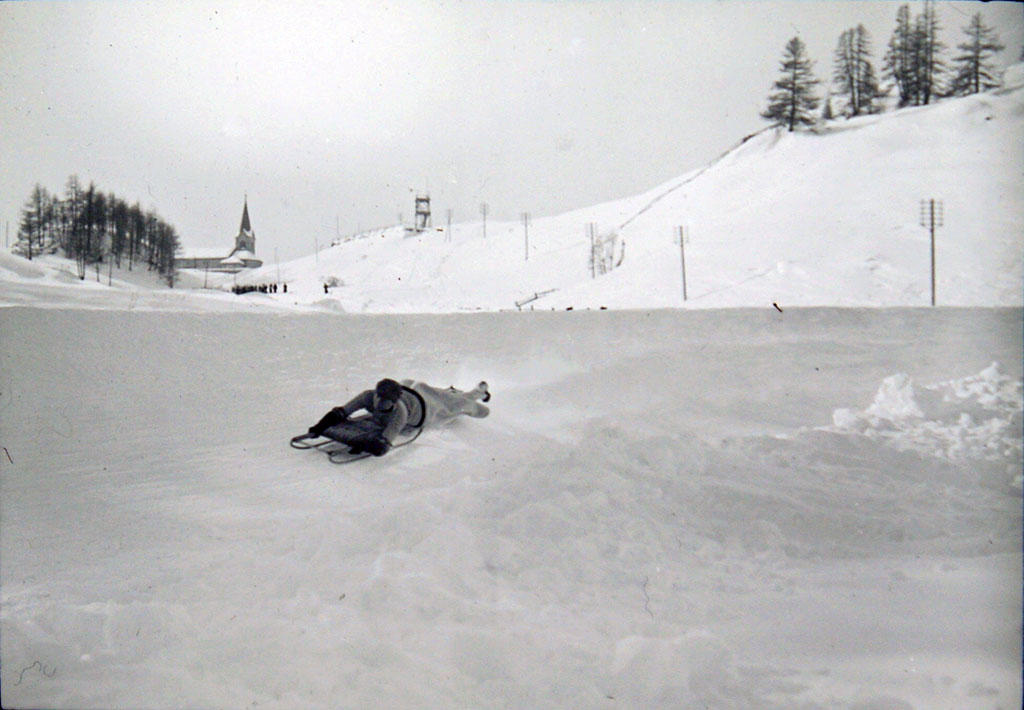

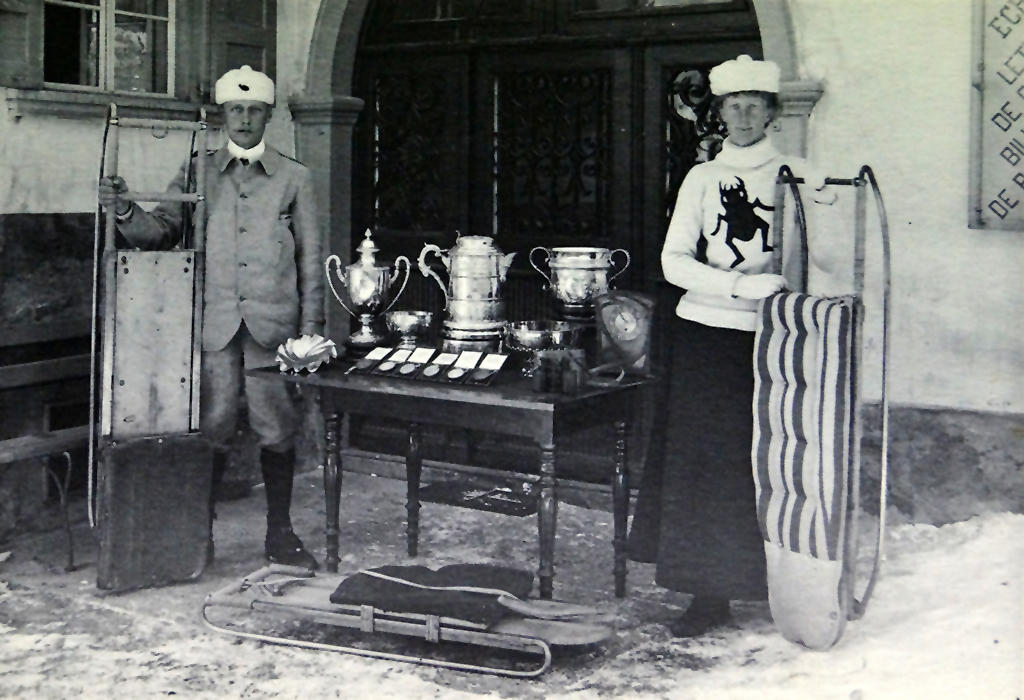
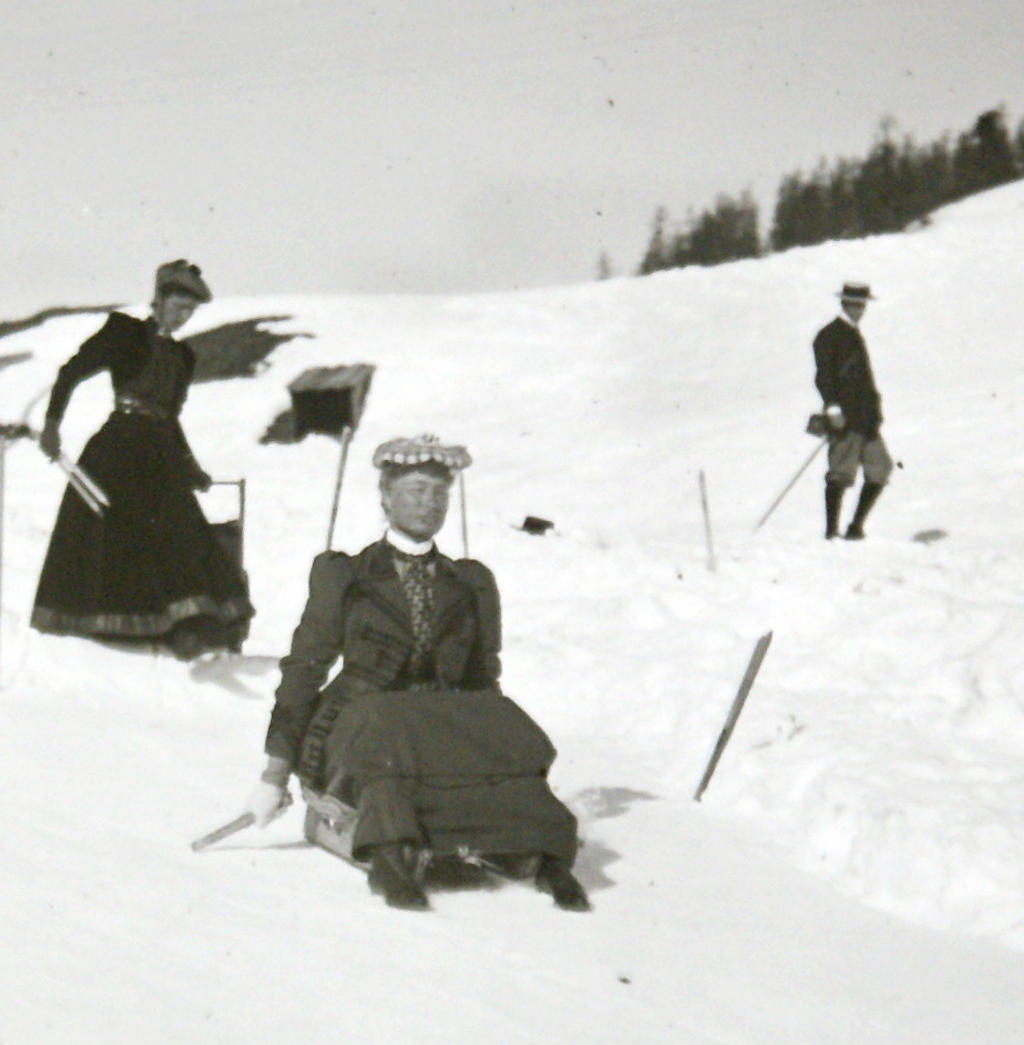
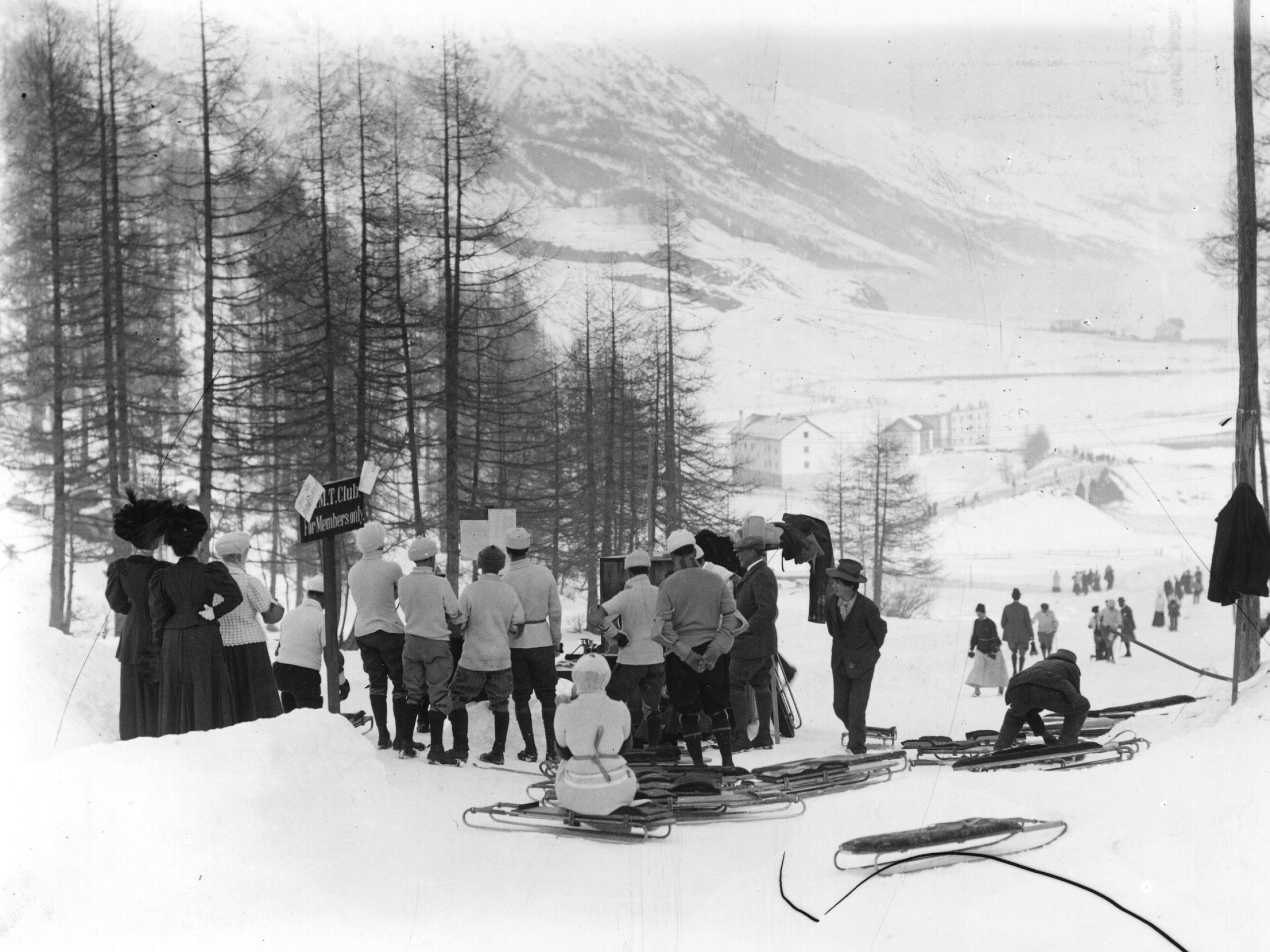
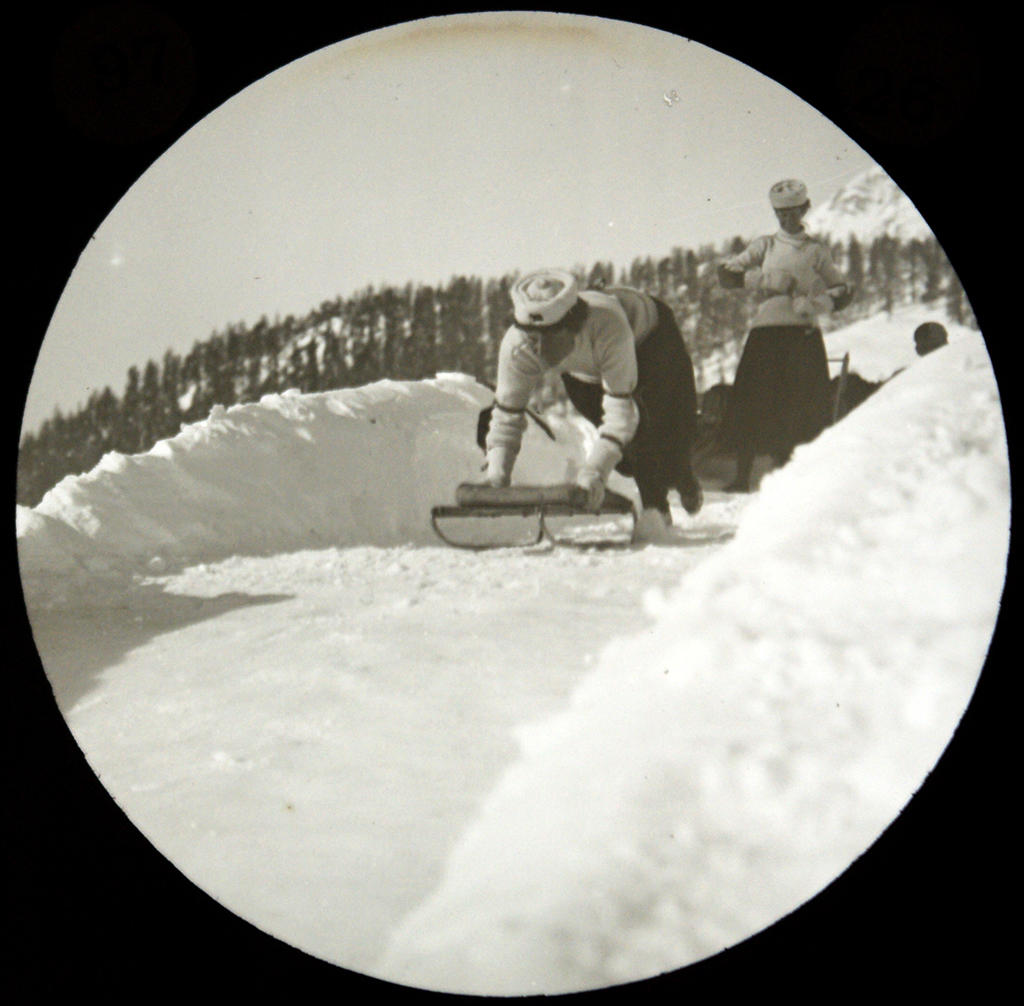
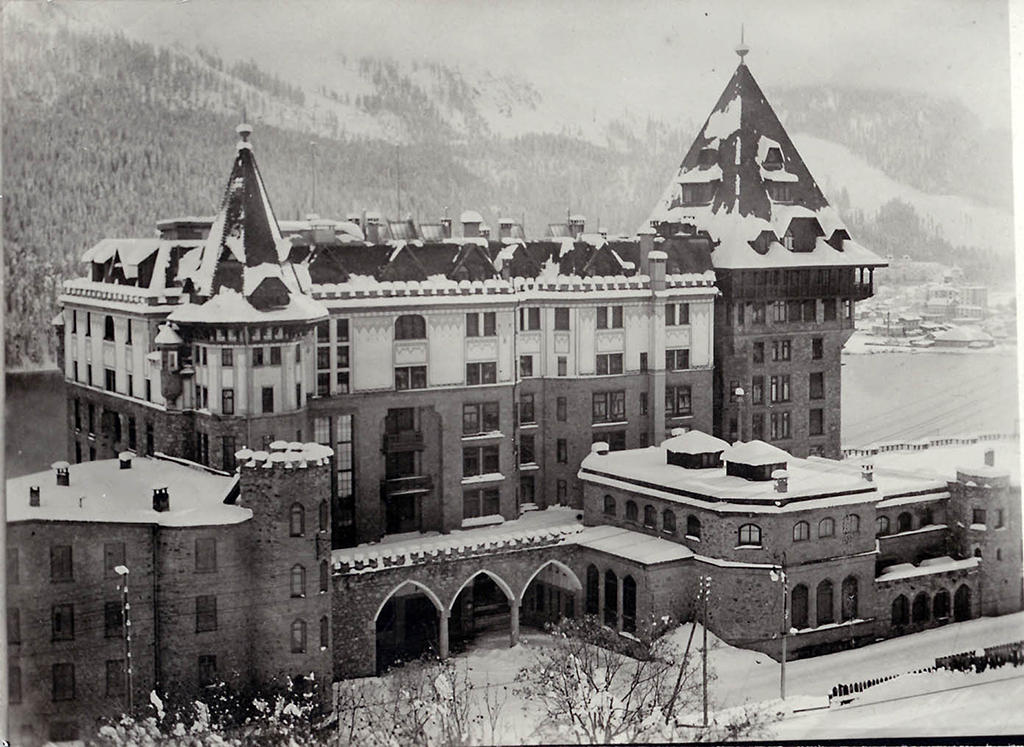



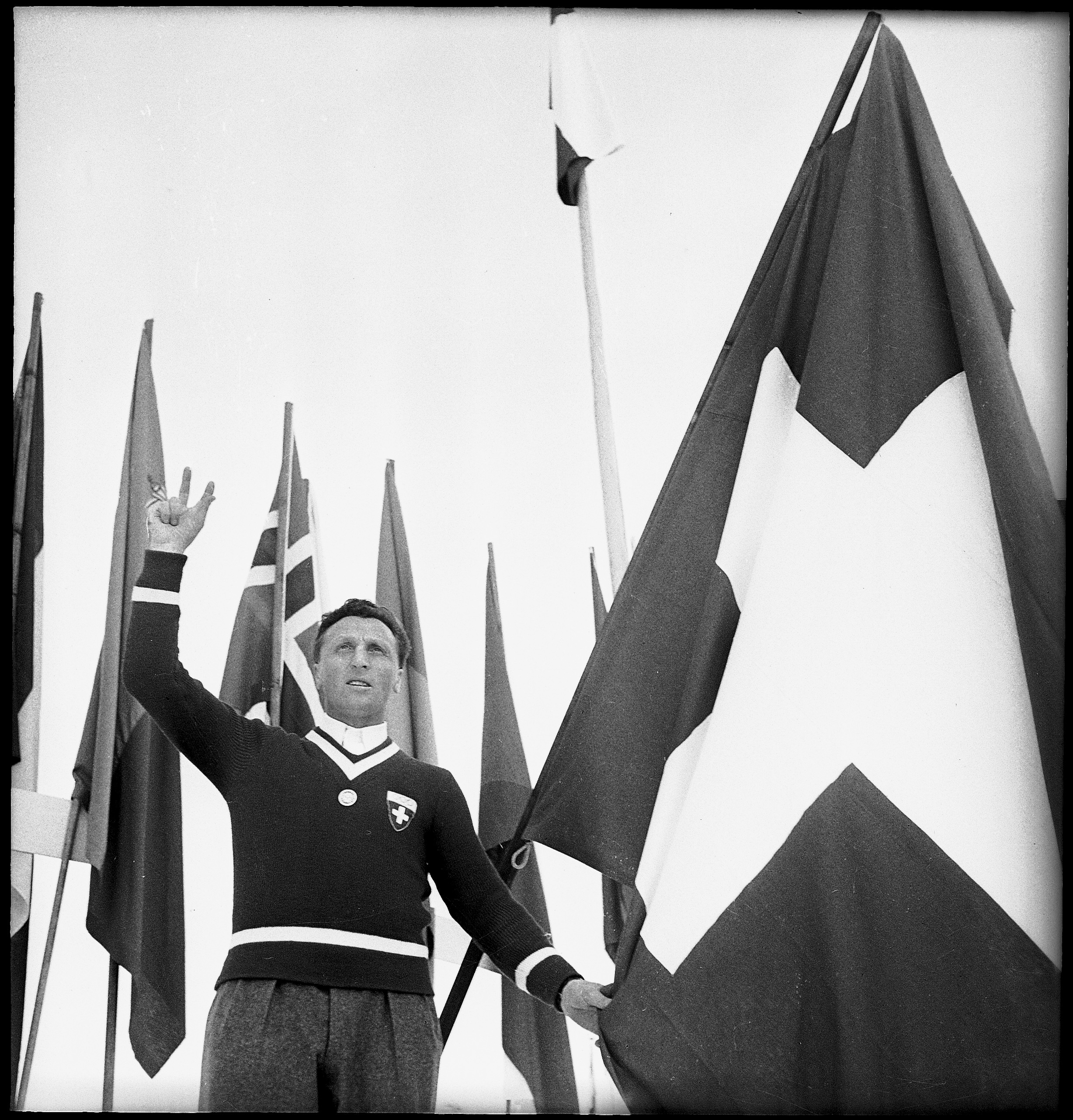

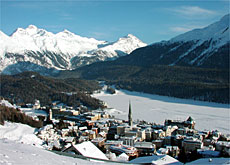
You can find an overview of ongoing debates with our journalists here . Please join us!
If you want to start a conversation about a topic raised in this article or want to report factual errors, email us at english@swissinfo.ch.